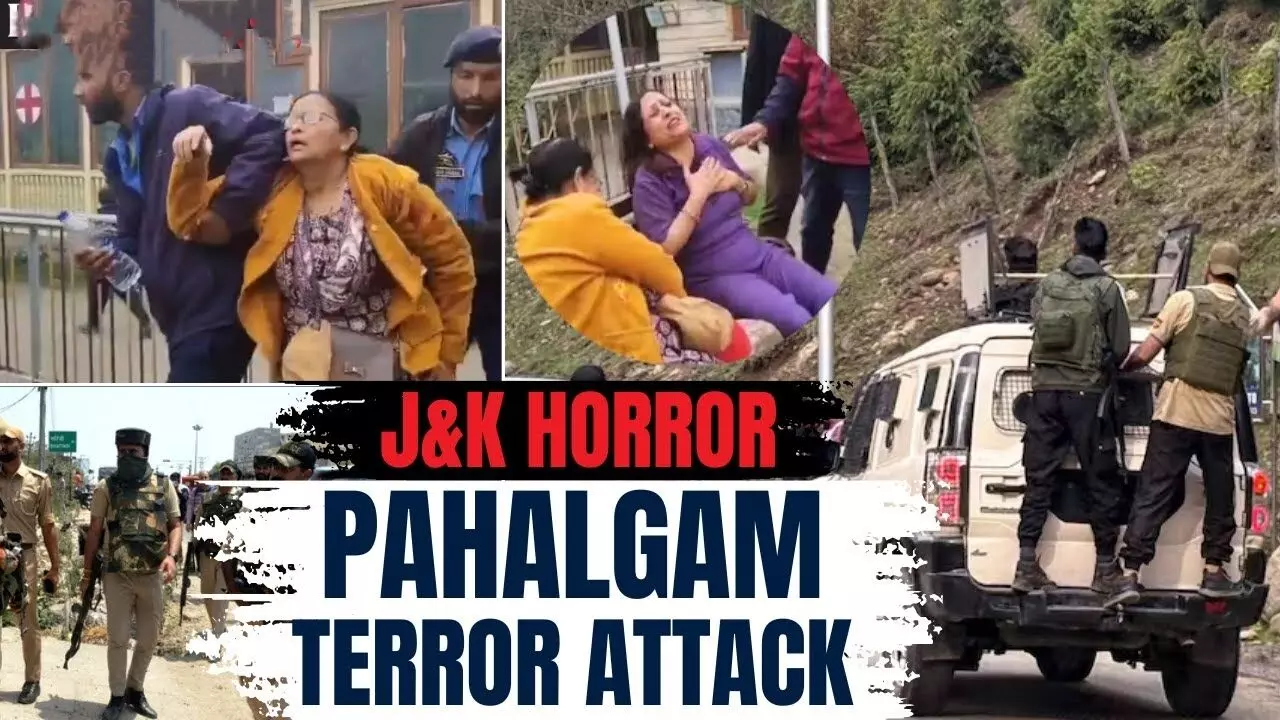Terror Returns to Pahalgam: A Grim Reminder of 2000’s Pilgrim Massacre

Images Credit - First Post
Tuesday’s terror attack on innocent tourists at Hejan Valley, near Pahalgam—about 95 kilometers from Srinagar—has once again shaken the collective conscience of the nation. Carried out by a militant group believed to be linked to the banned Lashkar-e-Taiba, the assault evoked chilling memories of the 2000 massacre of Amarnath pilgrims at the base camp.
That tragic evening of August 2, 2000, remains etched in my memory. Militants struck with brutal precision, killing 32 yatris at one camp alone. In a span of 48 hours, 105 innocent lives were lost. I was then stationed in the Valley as the Times of India correspondent, reporting from ground zero during the peak of militancy.
Today's firings by militants took place in Anantnag district "s Pahalgam wh when USA vice president is in India.In the same Ananatnag,35 Sikhs were gunned down,when American President,Bill Clinton was here.According to reports received from Pahalgam and Anantnag,28 feared dead as militants fired over 50 rounds.
Today’s attack appeared to target tourists selectively based on religion. Eyewitness accounts suggest only Hindu visitors were fired upon at close range—an act that eerily recalls the communal cleansing of the 1990s, when thousands of Kashmiri Pandits were forced to flee their homeland.
I remember clearly the night of the 2000 massacre. I had just finished dinner when J.R. Jandial, then Director of Public Relations for the J&K government, called with the horrific news. With curfew-like conditions after sunset, I sought his help to use a fax machine to transmit my report. He kindly obliged.
I immediately contacted Dileep Padgaonkar, our editor at the Times of India, asking him to alert the news service desk and keep space reserved for the breaking story. Mr. Jandial also facilitated contact with then-Chief Minister Farooq Abdullah and DGP A.K. Suri, ensuring official quotes. I even managed to speak with doctors treating survivors, capturing raw and emotional accounts.
The Times of India was the only national daily to carry a live, detailed report from Pahalgam the very next morning.
I had once stayed in a sadhu’s tent at the Pahalgam base camp during my own Amarnath pilgrimage. The memory of that spiritual journey now stands in stark contrast to the bloodshed that continues to haunt the valley.
What happened yesterday wasn’t just an attack—it was a message. And one we must c
onfront, not ignore.
